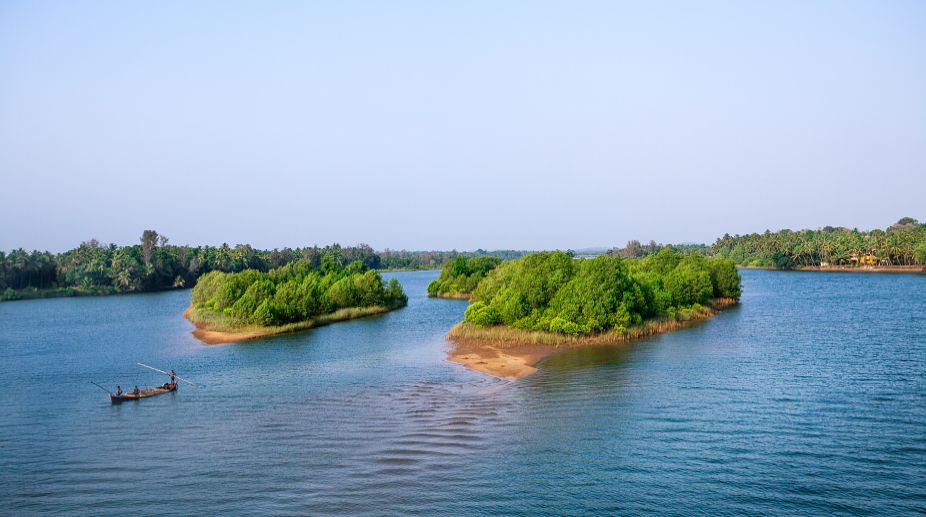One of the world's most remote island is polluted with the highest density of plastic debris reported anywhere on the planet, with over 37 million pieces littered on its beaches, a new study has found.
Henderson Island in the south Pacific Ocean is uninhabited and located more than 5,000 kilometres from the nearest major population centre.
Advertisement
However, the beaches of the island – part of the UK's Pitcairn Islands territory – is littered with an estimated 37.7 million pieces of plastic.
The island is so remote that it is only visited every five to ten years for research purposes, but its location makes it a focal point for debris carried from South America or deposited by fishing boats, researchers said.
During the most recent scientific expedition to the island led by the British nature conservation charity RSPB, found the beaches littered by up to 671 items per square metre, the highest density ever recorded.
“What has happened on Henderson Island shows there is no escaping plastic pollution even in the most distant parts of our oceans,” said Jennifer Lavers, researcher at University of Tasmania in Australia.
“Far from being the pristine 'deserted island' that people might imagine of such a remote place, Henderson Island is a shocking but typical example of how plastic debris is affecting the environment on a global scale,” said Lavers, lead author of the study published in the journal PNAS.
Based on their sampling at five sites, the researchers estimated that more than 17 tonnes of plastic debris has been deposited on the island, with more than 3,570 new pieces of litter washing up each day on one beach alone.
“It is likely that our data actually underestimates the true amount of debris on Henderson Island as we were only able to sample pieces bigger than two millimetres down to a depth of 10 centimetres, and we were unable to sample along cliffs and rocky coastline,” said Lavers.
She said most of the over 300 million tonnes of plastic produced worldwide each year is not recycled, and as it is buoyant and durable it has a long-term impact on the ocean.
Plastic debris is an entanglement and ingestion hazard for many species, creates a physical barrier on the beaches to animals such as sea turtles, and lowers the diversity of shoreline invertebrates.
“Research has shown that more than 200 species are known to be at risk from eating plastic, and 55 per cent of the world's seabirds, including two species found on Henderson Island, are at risk from marine debris,” Lavers added.











